huoshanxian-fozilingzhen specialty
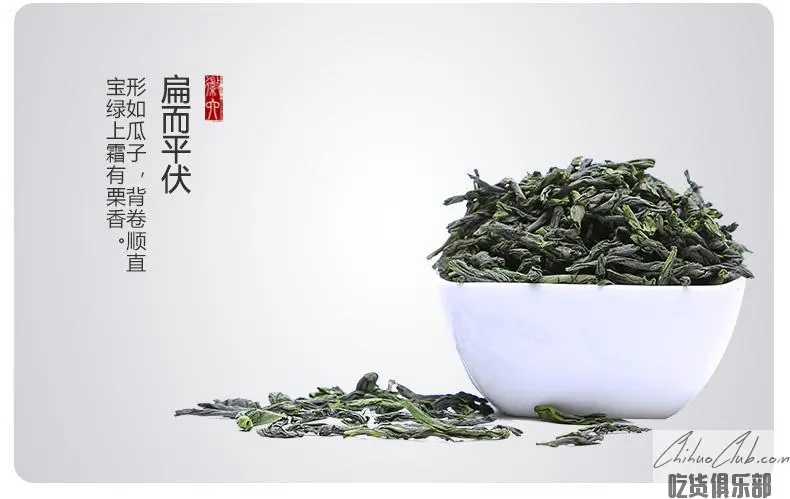
Lu'an Melon Tea is located in the western part of Anhui Province, the northern foot of Dabie Mountain and the east edge. The climate belongs to the transition zone from the northern subtropical to the warm temperate zone. The main producing area is located in the hinterland of Dabie Mountain. The tea gardens are mostly distributed in the range of 300-800 meters above sea level. The vegetation here is rich, the smoke is lingering, the layers are stacked, and the mountains are beautiful.
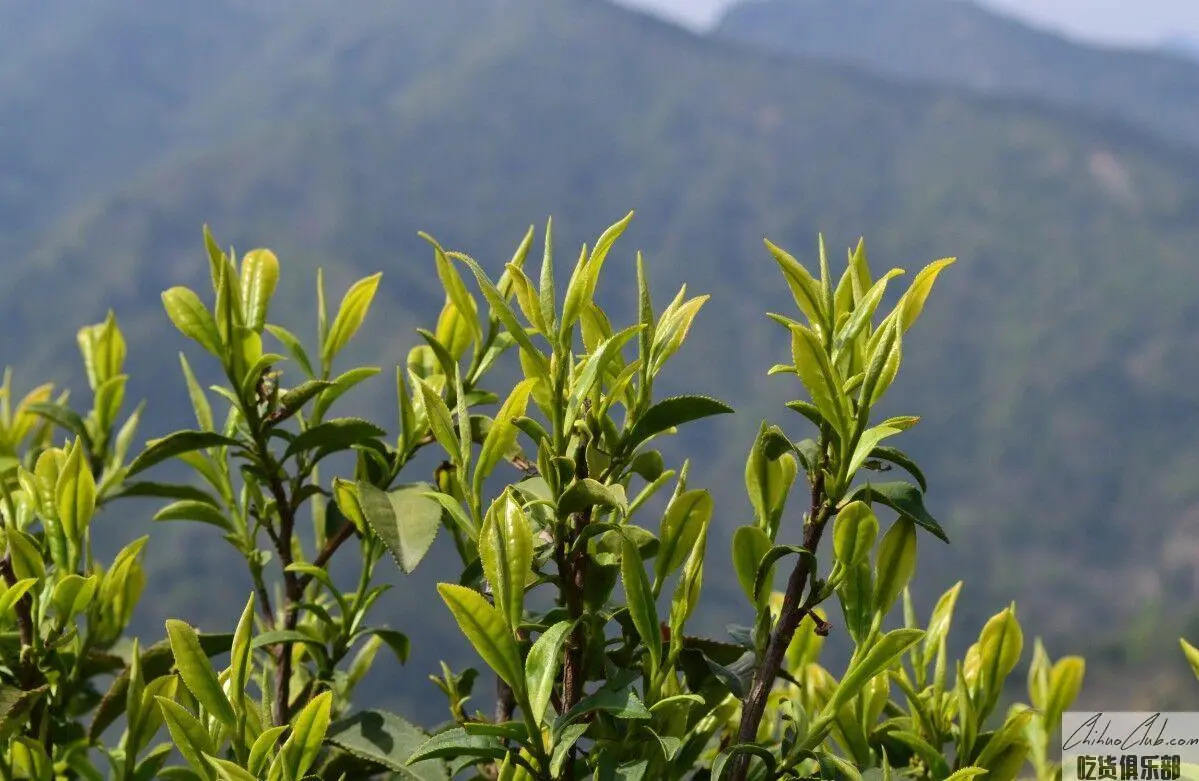
Huoshan Yellow Bud is produced in Huoshan County, Anhui Province, and is one of the famous Chinese teas. The shape of the tea is straight and delicate, and it is evenly shaped, shaped like a tongue, green and fragrant. The fragrance is long-lasting, the taste is fresh and mellow, the soup is yellow and green, and the leaves are bright and bright. In the Tang Dynasty, Li Wei’s "National History Supplement" listed Huang Bu as one of the 14 tribute teas. From Tang to Qing, Huoshan Huangya has been listed as tribute tea for generations.
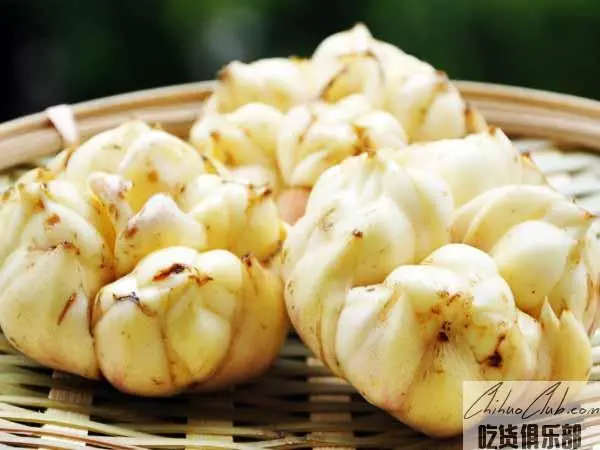
Manshuihe Town, Huoshan County, Anhui Province is located in the deep mountainous area of the Dabie Mountains, and is known as the “Hometown of Lilies”. With its unique cultivation environment, Manshui River Lily has become a fine product of its kind. In 2005, it was approved by the Provincial Agricultural Committee as a green food. It has become a wonderful flower in the Dabie Mountains. Its products are white, tender and large. Pure, non-polluting, rich in protein, starch, pectin, vitamins and trace alkaloids. It has the effects of moistening the lungs and relieving cough, clearing away heat and calming the nerves, and has an auxiliary effect on cough and hemoptysis, chronic bronchitis, neurasthenia, restless sleep and other symptoms. It is a good food for cleansing and health care.
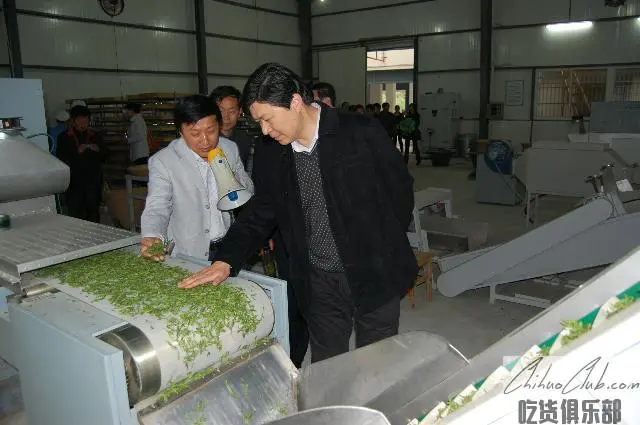
Huoshan Huangda Tea, a yellow tea, also known as Daixi Huangda Tea, has been recorded since the Ming Dynasty. Produced in Anhui Huoshan, Jinzhai, Da'an, Yuexi and other places. Ye Da, stalk length, yellow yellow soup, high-resistance, anti-foam, deodorant, deodorant, anti-radiation, refreshing, refreshing and other effects. The finished products are mainly processed through frying tea, initial baking, stacking, baking, etc., and protect agricultural products for national geographical indications.
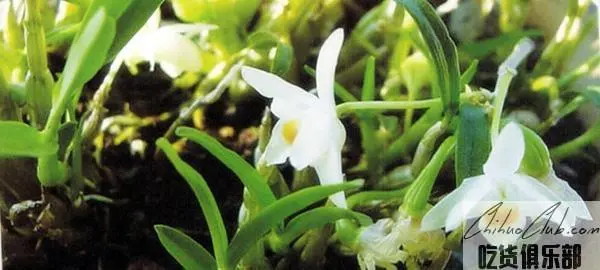
Huoshan sarcophagus, commonly known as rice bran. One of Huoshan Shijie, the earliest seen in the Qing Dynasty Zhao Xuemin, "The Herbs Steel Eyes Collection", has a history of more than 200 years. The book records: "Huo Shi out of Jianghuai Huoshan, the shape is like a small, yellow color and the shape of the song is not straight, there are players, the natives of the people to replace the tea. Huo Shiqi chewed slightly pulp, sticky teeth, taste Gan, slightly salty, and shrinking is true." The book quotes "Yi Xi's collection of prescriptions": "Changsheng Dan uses sweet stone 斛, that is, Huoshan sarcophagus." The book also quotes his brother Zhao Xueyu's "Hundred Grass Mirror" language: "Ishigaki, there is a kind of near, the shape is short, only as light, the color is green and yellow, the taste of the mouth is sweet, slightly slippery, and it is named Huoshan County of Lu'an Prefecture and Zhangzhou Prefecture, named Huoshan Shijie.
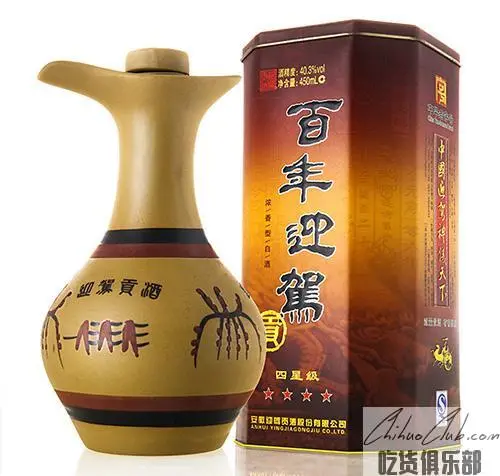
“Welcome to the wine” is produced in the Dabie Mountain area of Anhui Province. Due to the unique natural environment and profound cultural heritage, it has created a unique wine style of “Welcome to the Wine”. The product adopts Dabie Mountain ecological water, combined with high-quality Wuliang raw materials (sorghum, rice, glutinous rice, wheat, corn), which is formed by the traditional brewing process. The whole wine quality is presented as “muscle and elegant, with thick sauce and sweetness”. The representative quality characteristics of “sweet mouth and various flavors” are also the key to distinguishing other liquors from “welcoming wines”.
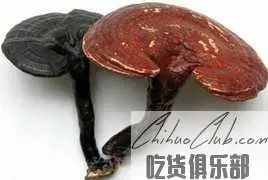
Huoshan Ganoderma lucidum, a bitter, bitter, raw valley. It can treat diseases caused by blood stasis and chest, and is beneficial to heart function, which can increase intelligence and memory. And not forgetful. Long-term food can be light and not aging and prolong life. Generally speaking, Ganoderma lucidum is a representative species of this kind. The main feature is that the mushroom is kidney-shaped, semi-circular or nearly round, the surface is reddish-brown, and has a lacquer-like luster. The stipe is the same color or deep as the umbrella.